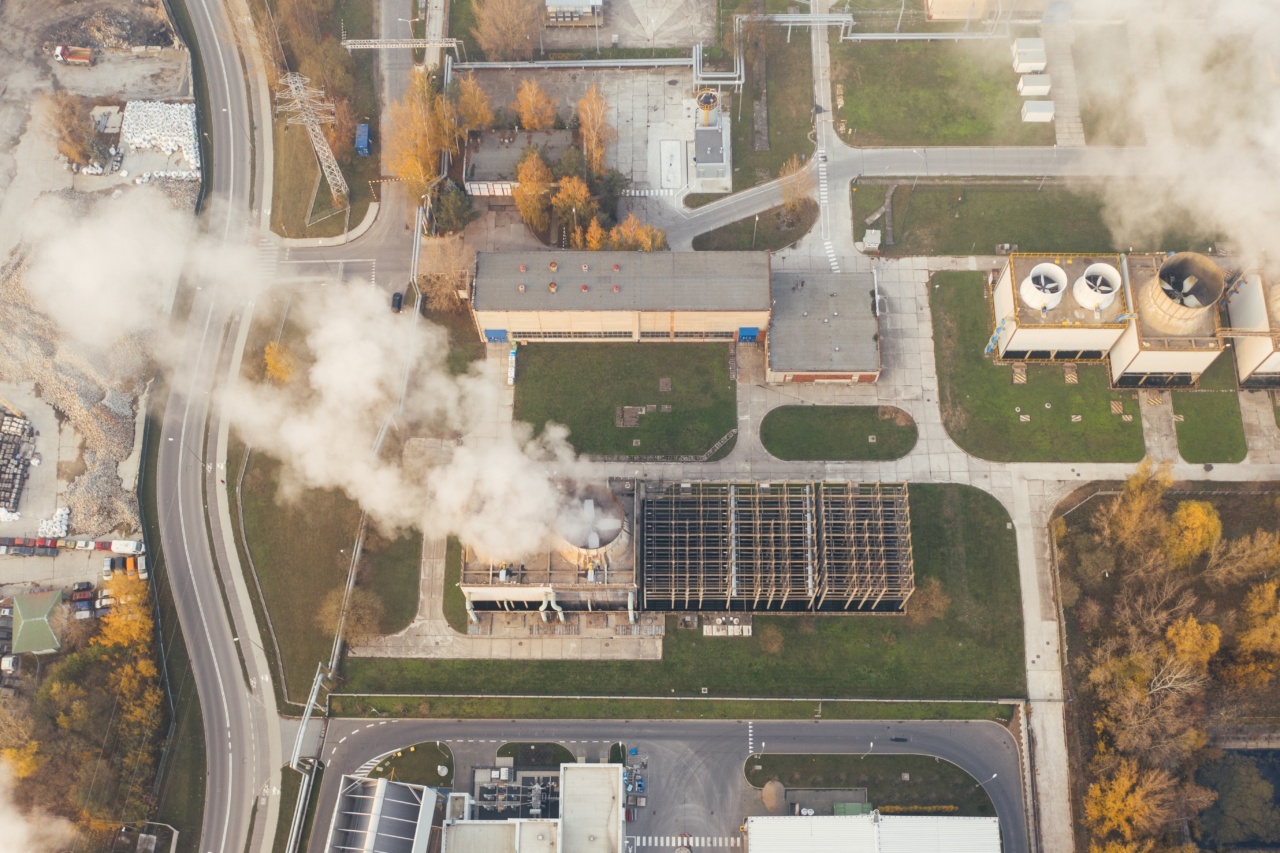Epilepsy is a neurological disorder characterized by recurrent seizures. Approximately 50 million people worldwide suffer from epilepsy, making it one of the most common neurological disorders globally.
Research suggests that environmental pollution may play a role in the development and severity of epilepsy.
What is Environmental Pollution?
Environmental pollution refers to the introduction of harmful or toxic substances into the environment.
These pollutants include air pollutants (such as carbon monoxide and nitrogen oxides), water pollutants (such as lead and mercury), and soil pollutants (such as pesticides and heavy metals).
How Does Environmental Pollution Affect Epilepsy?
Environmental pollution may cause or exacerbate epilepsy in several ways. Studies have found that exposure to certain pollutants can induce seizures in animals and humans.
For example, high levels of lead exposure have been linked to an increased risk of epilepsy in children. Similarly, exposure to air pollutants such as ozone and particulate matter has been associated with an increased risk of seizures in people with epilepsy.
Additionally, environmental pollution may interact with genetic factors to increase the risk of epilepsy.
For example, a recent study found that people with a genetic susceptibility to epilepsy were more likely to develop the condition if they were exposed to high levels of air pollution.
Types of Environmental Pollution That May Affect Epilepsy
Several types of environmental pollution may affect the development and severity of epilepsy:.
Air Pollution
Air pollution can affect the brain and nervous system in many ways. Exposure to air pollutants such as nitrogen oxides, sulfur dioxide, and particulate matter has been linked to an increased risk of neurological disorders including epilepsy.
Air pollution can also exacerbate seizures in people with epilepsy.
Water Pollution
Drinking contaminated water may lead to epilepsy. For example, exposure to high levels of lead in drinking water has been associated with an increased risk of epilepsy in children.
Similarly, exposure to mercury in contaminated fish has been linked to an increased risk of seizures in children and adults.
Soil Pollution
Soil pollution can affect the nervous system by exposing the body to toxins such as heavy metals and pesticides. Exposure to these toxins may increase the risk of epilepsy and other neurological disorders.
Noise Pollution
Exposure to loud noise can cause seizures in people with epilepsy. Additionally, chronic exposure to noise pollution may increase the risk of developing epilepsy.
Preventing Epilepsy Caused By Environmental Pollution
Preventing exposure to environmental pollutants is the most effective way to reduce the risk of epilepsy associated with pollution.
Simple measures such as avoiding drinking contaminated water, wearing masks in areas with air pollution, and using organic gardening methods can reduce exposure to toxins.
Additionally, policies aimed at reducing environmental pollution can help reduce the incidence of epilepsy.
For example, reducing emissions from vehicles and factories can help reduce the levels of air pollution in cities, which in turn can reduce the risk of epilepsy in the population.
Conclusion
Environmental pollution is a major public health issue, and its effects on the brain and nervous system are of growing concern. Studies have shown that exposure to environmental pollutants can cause or exacerbate epilepsy.
By taking steps to prevent exposure to pollutants and reduce environmental pollution levels, we can help reduce the incidence of epilepsy and other neurological disorders.
























